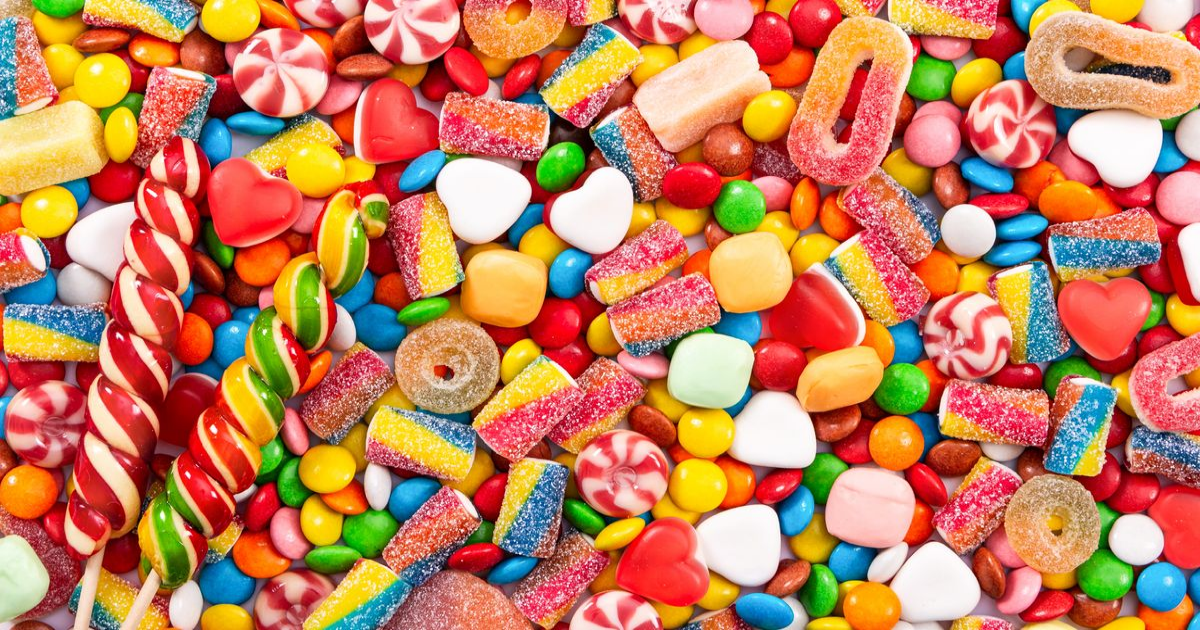The six-stage roadmap starts by establishing a firm timeline for the transition, moving quickly on to beginning the process of banning two food dyes – Citrus Red No. 2 and Orange B – “within the coming months”.
These two have fairly limited uses. According to the National Institutes of Health PubChem database, Citrus Red No. 2 is currently only used to enhance the color of oranges, while Orange B is used in sausage casings.
Six further dyes will then be targeted: FD&C Green No. 3; FD&C Red No. 40; FD&C Yellow No. 5; FD&C Yellow No. 6; FD&C Blue No. 1; and FD&C Blue No. 2. These the government wants to see out of the food supply by the end of 2026.
These are all derivatives of crude oil (petroleum) except for Blue No. 2, which is a synthetic version of the plant-based indigo dye that gives denim jeans their iconic color.
The HHS and FDA proposals also include a plan to bring forward the removal of Red No. 3, also known as erythrosine. The FDA already instructed manufacturers stop using this dye in food, beverages, and ingested medicines, but previously they had until January 2027 or 2028 to comply, depending on the product. Now, the government is asking them to move more quickly.
“Today, the FDA is asking food companies to substitute petrochemical dyes with natural ingredients for American children as they already do in Europe and Canada,” said FDA Commissioner Marty Makary in a statement.
These natural alternatives include Galdieria extract blue, a blue pigment derived from extremophilic microalgae, and butterfly pea flower extract, another blue coloring from the Clitoria ternatea plant. These two are among a list of dyes the FDA now plans to fast-track through its review process.
Food dyes have long been a hot-button issue. Last year, the state of California passed the California School Food Safety Act, which banned public schools from serving any food products containing six synthetic dyes – the same six listed in the government’s new proposals.
One criticism that’s often leveled at food manufacturers in the US is that they continue to use some food dyes that have been banned in Europe. Different naming systems can make it tricky to tell exactly which chemicals are being referred to, but for example, Orange B, Citrus Red No. 2, and Green No. 3 are all not permitted in the EU. Parents and campaigners concerned about the possible health implications of these additives question why compounds that one jurisdiction has clearly deemed unnecessary – if not harmful – are still present in the US food supply.
“For too long, some food producers have been feeding Americans petroleum-based chemicals without their knowledge or consent,” said HHS Secretary Robert F. Kennedy Jr.
Some have pushed back against this specific assertion when it’s been made in the past. In a 2017 article for McGill University’s Office for Science and Society, Dr Joe Schwarcz said, “The allegation that we are being fed petroleum disguised as food dye is blatantly absurd. Food dyes, while synthesized from compounds found in petroleum, are dramatically different in molecular structure from any petroleum component.”
Schwarcz went on to explain that these compounds have all been through rigorous safety testing, and that as testing has improved certain additives have in fact been removed from the food supply.
That’s not to say, however, that there’s no substance to the fears around the potential health effects of some food dyes. One link that’s been persistently cited is that between food dyes and hyperactivity in kids. Many parents already pursue dye-free diets for their children, believing it to help with their behavior.
A 2021 assessment of these risks was one of the driving forces behind the California ban. The report, from the Office of Environmental Health Hazard Assessment, said, “The scientific literature indicates that synthetic food dyes can impact neurobehavior in some children. Data from multiple evidence streams, including epidemiology, animal neurotoxicology, and mechanistic studies, support this finding.”
Since artificial dyes are often present in ultra-processed foods, some have suggested that it might be difficult to separate out any health effects that are coming specifically from the dyes themselves.
But broadly, many experts agree that if it is possible to remove these compounds, which are essentially only serving an aesthetic purpose, and switch to “natural” alternatives, then that would be generally preferable.
“Given the growing concerns of doctors and parents about the potential role of petroleum-based food dyes, we should not be taking risks and do everything possible to safeguard the health of our children,” Makary concluded.
